NSW bushfires: Central Coast national parks closed as fire threat soars
All but one of the Central Coast’s spectacular national parks remain closed today as brutal summer fire conditions worsen and remote communities stay on high alert.
Central Coast
Don't miss out on the headlines from Central Coast. Followed categories will be added to My News.
All but one of the Central Coast’s national parks remain closed today with bushfires still burning and temperatures soaring on the Somersby Plateau.
The ferocious Gospers Mountain blaze has already consumed more than 415,000 hectares of the unique Wollemi National Park wilderness – about 80 per cent of it’s total area – and the fire is still out of control.
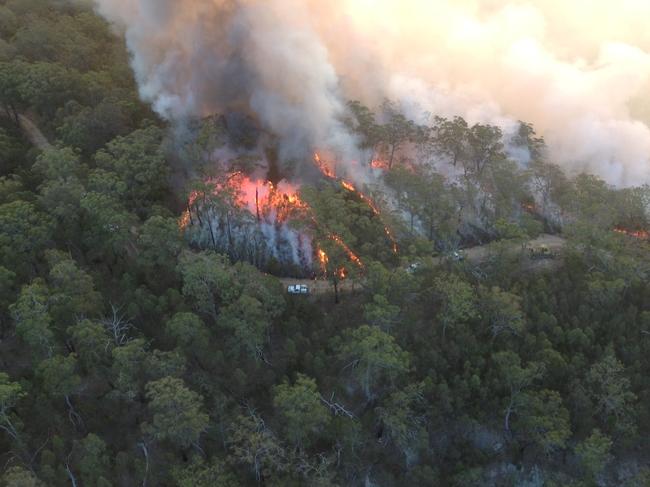
Dharug and Yengo National Parks and Parr State Conservation Area have also been decimated by the fires and are too dangerous to enter.
Popran and Brisbane Water national parks have been closed because of the ongoing hazardous fire weather and threat of fires.
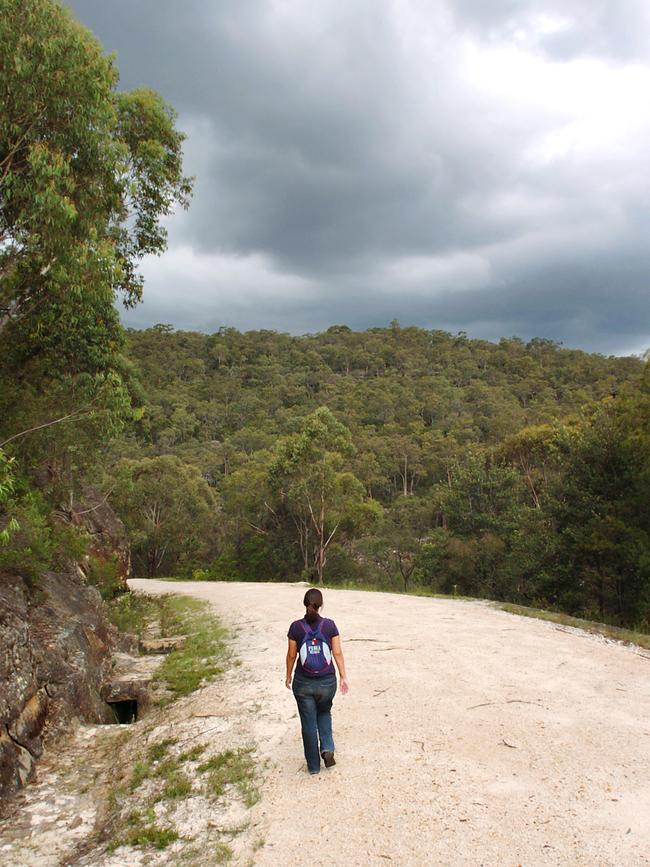
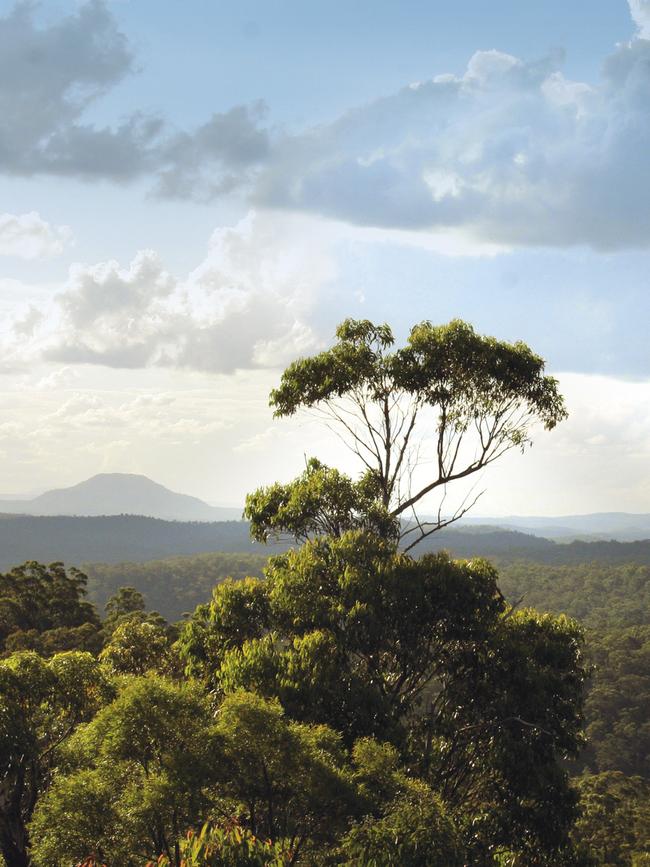
Only coastal Bouddi National Park at Killcare is considered safe enough to stay open. Some state conservation areas are open – but total fire bans apply.
A statewide total fire ban has been declared until midnight Saturday (December 21) due to hot and dry conditions across NSW.
Central Coast fire crews have been actively continuing with measures to mitigate the spread of the existing bushfires.
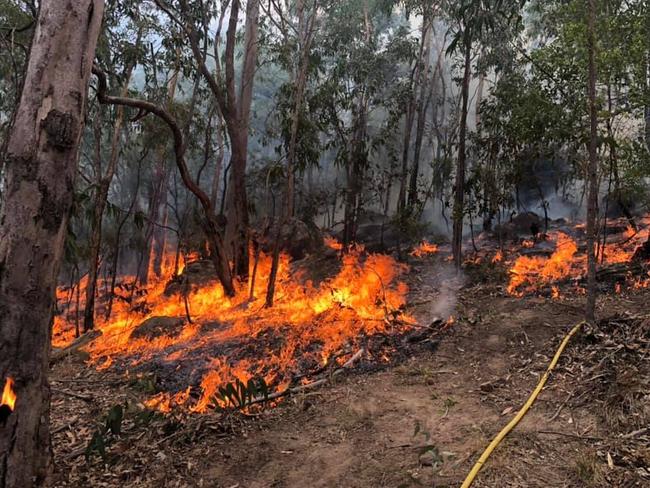
Avoca Beach and Copacabana RFS brigades were back on the fireground this week working on Settlers Rd at St Albans, conducting tactical back-burns around properties. The teams were Working in very steep terrain which made manoeuvring equipment very difficult.
The giant Gospers Mountain blaze is at watch and act level (7am Thursday) while the Three Mile and Little L Complex fires are at advice level.
The advice from Central Coast District RFS remains the same: Have a plan, know what you will do and leave early is the best option.
The villages of the Somersby Plateau are in for a scorching today with Kulnura expecting a top of 41, Central Mangrove and Mangrove Mountain 40 and Somersby 39.
Temperatures are expected to be lower toward the coast but still in the mid to late 30s.
Smoke haze and changing wind conditions will also be an issue.
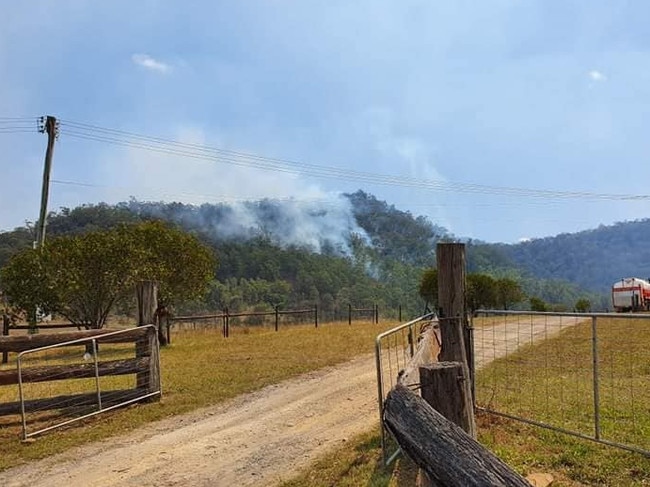
NSW Health is reminding people to be cautious about heat and smoke exposure during the extreme heatwave.
Medical adviser in environmental health, Dr Adi Vyas, said as temperatures are expected to climb into the mid-40s and with persistent poor air quality from bushfire smoke, people are urged to take extra precautions.
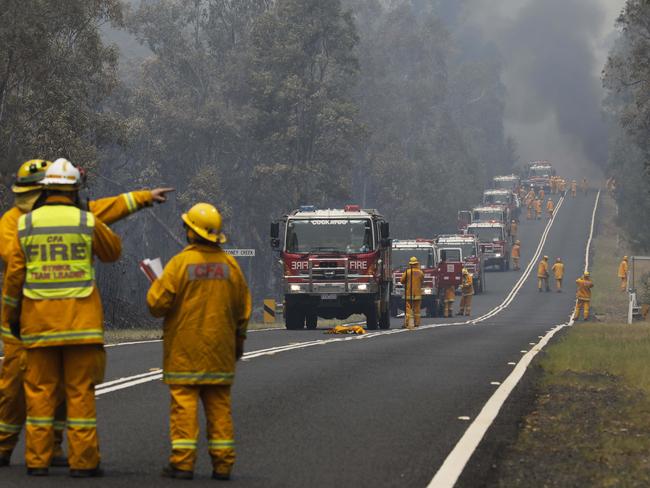
“Being indoors during the heat of the day is the best way to keep cool. Minimising physical activity, staying well hydrated are also important ways of reducing the risk of heat-related illness. Staying indoors and reducing activity are also the best ways to reduce exposure to smoky air,” Dr Vyas said.
